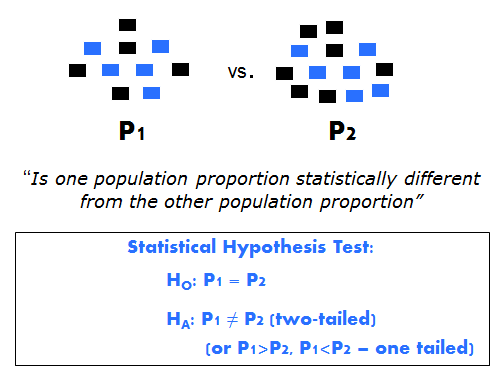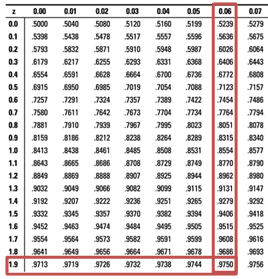


Mutually exclusive means that if one is true, the other must be false, and vice versa. These two hypotheses are stated so that they are mutually exclusive and collectively exhaustive. The alternative (research) hypothesis never contains an equality, and is the one you are trying to confirm. The null hypothesis (H0) always contains an equality, and is the one you are trying to refute.

So, this script omits the numbers on top of the bars.State the null hypothesis and the alternative hypothesis. Since the bars are very thin, if we put numbers on top of them, the result will be a mess. Here is the R script used to create the above barplot. Which indicates the sample provides statistically significant evidence that the claim is true because theįigure for Question 6. $\rho > 60\%$ĭata: If in a sample of 10 students 8 of them like math, the sample supports the claim because $\dfrac = P(X \geq 115 \ \mid \rho = 51\%)$ Claim: more than 60% of students like math.If the data from the sample agrees with (or supports) the claim, we say the data provides evidence that the claim is true. We test a claim by taking a sample from the population. Claim: the mean weight of cats is less than 9 pounds.There are 2 videos at the end of Question 1.Ī hypothesis is a claim about a population. See Questions 4, 5, and 6, towards the bottom of this page for R scripts to calculate the p-value and a barplot for simple claims about proportions.


 0 kommentar(er)
0 kommentar(er)
